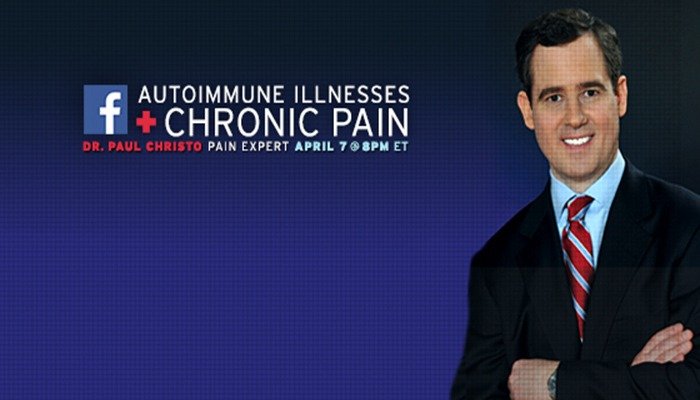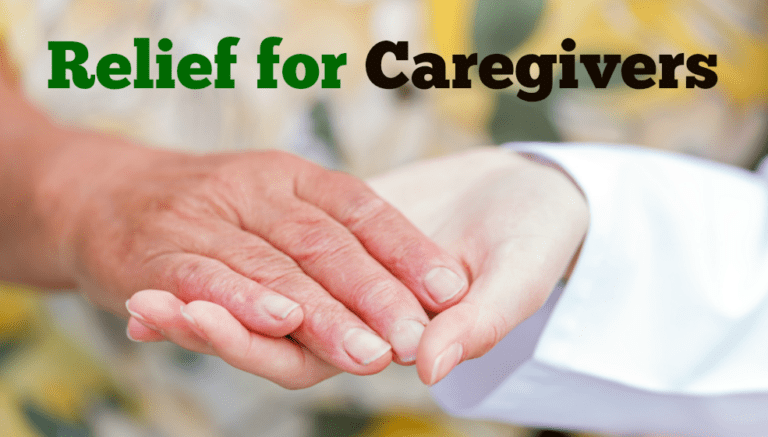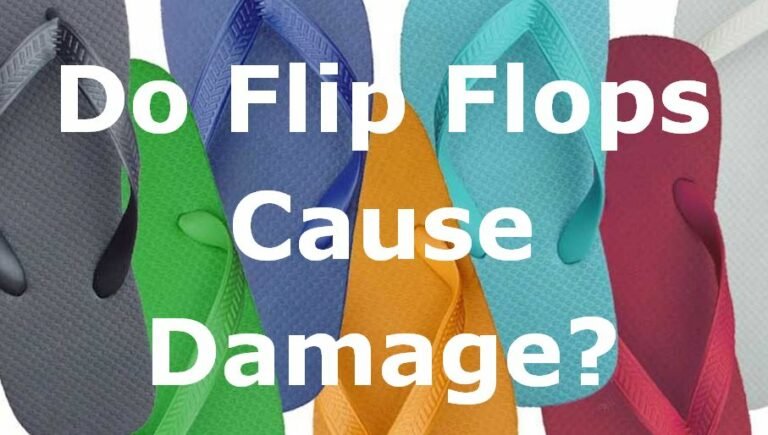Living With Pain: Fear and Attention

Fear is a natural and common reaction to pain. When pain becomes chronic, fear can become an ongoing part of the pain experience. I have talked about ways to manage fear in a previous blog. Today, I want to talk about another aspect of fear. Chronic fear will tend you make you more alert for threat. You may have found that you are “on the lookout” for situations, activities, or people that can trigger pain and that you monitor your pain level, watching for increases. Fear is like that – it directs your attention to your pain and to the things that may make pain worse. Again, this is a natural response. However, when fear becomes chronic, it interferes with chronic pain management.
Direct Your Attention
If fear is causing you to pay a lot of attention to your pain and the situations that may increase it, your pain experience will likely be worse. Your pain may feel more severe, you may feel more disabled and out of control, and you may feel your life getting smaller and smaller. Researchers have found that what you pay attention to matters. For example, when people in pain are placed in an engaging virtual reality environment, they report less pain and discomfort. Working on a non-pain related goal while in pain has been found to reduce attention to pain dramatically.
Mindfulness meditation has been found to decrease perceptions of pain and functional limitations. Each of these examples involves directing attention to something other than pain or the threat of pain.
You are in charge of what you pay attention to. With practice, you can choose to focus outside of your pain experience. It may feel difficult at first. That is normal. Be patient with yourself and realize that it takes time to break any habit. Note that it probably won’t be helpful to tell yourself to stop paying attention to pain or pain threats. To get started, remind yourself that too much attention to pain won’t make your pain go away and will likely make your experience worse. Each day, practice allowing yourself to notice things other than your pain. Watch for experiences (however small) that grab your attention, engage your mind, and allow your world to expand beyond your pain. Construct a list of activities (and yes, goals) that matter to you and make them part of daily life. Schedule them on your calendar if necessary. You will discover the benefits of reducing attention to pain.
About the Author. Dr. Linda Ruehlman is a social/health psychologist and researcher, co-founder of Goalistics, and director of the Chronic Pain Management Program, an interactive site that helps people with chronic pain to manage their pain and live richer, more effective lives as well as Think Clearly about Depression, a self-management program for depression.
DISCLAIMER: This blog is provided as an educational and informational resource only. It is not intended nor implied to be a substitute for professional psychological or medical advice.
PainPathways Magazine
PainPathways is the first, only and ultimate pain magazine. First published in spring 2008, PainPathways is the culmination of the vision of Richard L. Rauck, MD, to provide a shared resource for people living with and caring for others in pain. This quarterly resource not only provides in-depth information on current treatments, therapies and research studies but also connects people who live with pain, both personally and professionally.
View All By PainPathways






